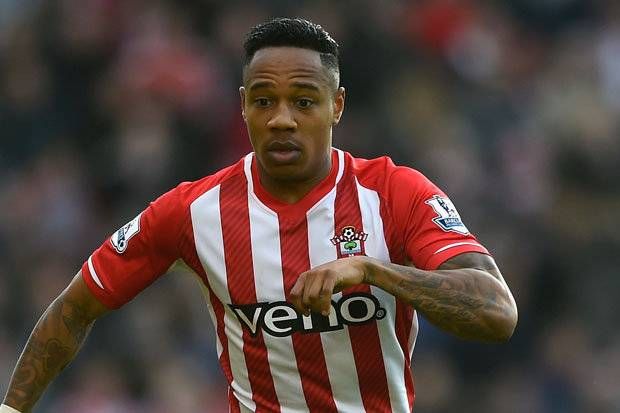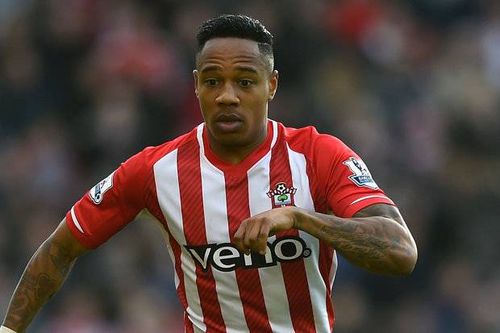
Statistical explanation of why Manchester United did not pursue Nathaniel Clyne

Towards the end of last season, the press was replete with articles citing a “senior source inside Old Trafford” as evidence that Manchester United were beginning preliminary negotiations with Nathaniel Clyne and his club Southampton. Yet, Ed Woodward has done little to counter Liverpool’s acquisition of the full-back this week.
It is unlikely that Liverpool simply beat United to the punch but did Woodward make a transfer market mistake? After all, United’s Champions League berth is a strong bargaining tool while Liverpool’s £12.5 million offer could easily have been bettered, with Louis van Gaal supposedly boasting a £150 million fund this summer. The more likely explanation is that United simply chose not to pursue the Southampton player. Perhaps with good reason.
In fact, the statistics suggest a player who has regressed in the past 12 months. Clyne’s defensive numbers were better over the last season, although Southampton’s adoption of a more cautious approach in the 2014/15 Premier League campaign is probably more at play than any real improvement in the Englishman’s game. It must also be noted that he has become sloppier with his tackles.

As a modern full-back must provide width, Clyne’s noticeable decline in the offensive aspects of his game is alarming. The 24-year-old failed to record an assist while his chance creation has dropped sharply over the past season.
Of course, it is foolhardy to argue that Clyne has regressed with these simple figures alone. Sir Alex Ferguson once admitted the error of letting Jaap Stam go based on an interpretation of ‘tackles per game’. After all, Southampton radically changed its football philosophy from the 13/14 season and it could very well be that Clyne was instructed by his manager Ronald Koeman to be more cautious.
By comparing Clyne’s Squawka rating to Southampton’s overall record in the games the full-back played, we can figure out, in rough terms, the player’s contribution, while controlling for the club’s tactical approach.
In 13/14, below, there’s a fairly high correlation between Southampton and Clyne’s performance, although this is not all that revealing. It could be that good team performance is necessary for Clyne to shine. Another possible explanation is that the player’s good performances tend to inspire his team.

*Only counting games in which Clyne played at least 75 minutes.
Either way, this result establishes a base line to which Clyne’s 14/15 performances, below, can be compared. Clyne’s average Squawka rating has dropped from 18.3 to 13.9. The correlation between team performance and his performance is also much weaker. This suggests that Clyne has become much more inconsistent.

Further red flags are raised with the fact that the Southampton full-back had six particularly bad games, two of which his team actually won. This means that his teammates may have carried him from time to time last season.
The model suggests that Clyne has morphed from an average, possibly good, attacking full-back, to a more defensive one. One prone to not pulling his weight at that. Logic dictates that the Englishman may not have contributed all that much to United’s ambitions had he been signed. After all, a middling player at Southampton will find the Champions League a step too far.
That said, Clyne is surely a better right-back than Antonio Valencia, and with few obvious targets meeting United’s profile, it may have been prudent to acquire the Liverpool-bound full-back. Even if Van Gaal’s first choice comes to Old Trafford, Clyne could have been an excellent understudy – and fairly cheap too. No matter what the data says, passing on Clyne makes sense only if there is a better right-back lined up.
All data from Squawka
Assumptions dictating linear regression have not been held strict